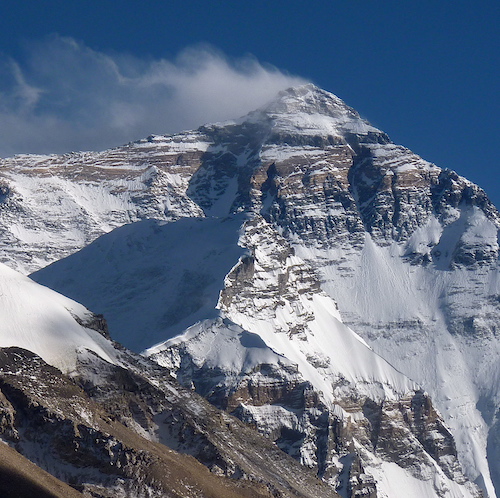CHANGTANG
Changtang is a high plateau that extends nearly one thousand miles, from northwest Tibet, to Ladahk in the southeast, then east as far as modern Qinghai. Tibetan Nomads live in this rugged, high-desert environment. The Tibet-Qinghai Highway is the only road that crosses north and south, bringing goods in and out of Tibet. It was built in conjunction with the laying of the tracks for the Beijing-Lhasa train, which opened in 2006.
Lost souls and ghosts of the ones who died by thousands in the construction of the Highway still haunt the place particularly at the Tangula Pass, here featured. Also featured the Kunlun Pass and the beautiful Namtso Lake (Damxung County) and their thousands prayers flags.
For more in this subject see “High Train to Tibet” in Film page and in People category “Tibetans 3″ for more visuals on the “Tibetan Highway” and its inhabitants)
NAMTSO LAKE
Namtso, Tibetan for ‘Heavenly Lake’, is often described as being next to heaven because of its lofty altitude, stunning beauty, pure blue water, and spiritual associations.
It is the highest saltwater lake in the world. Snow-capped mountains and open grassland, dotted with yak herds and local nomads, surround the crystal clear water of Lake Nam, making it one of the most beautiful places in Tibet.
NAMTSO LAKE. The Tashi Dor Monastery
Namtso is renowned as one of the most beautiful places in the Nyainqêntanglha mountain range. Its cave hermitages have for centuries been the destination of Tibetan pilgrims. A surfaced road across Laken Pass at 5186 m was completed to the lake in 2005, enabling easy access from Lhasa and the development of tourism at the lake. Settlements in the area include Dobjoi, Donggar and Cha’gyungoinba. The Tashi Dor monastery is located at the southeastern corner of the lake.
TEXT TIBET. KULUN PASS.
